Napoleon`s Astrology at Waterloo and Austerlitz. The birth chart of napoleon compared to the astogeographical positions of his battlefields.
Related articles: The astrogeographical positions of: Paris, Berlin, Vienna, Moscow, London.
Napoleon, Tsar Alexander I. and Francis II. at Austerlitz
One of Napoleon`s greatest victories was the Battle of Austerlitz suotheast to the City of Brno (today: Czech Republic) on December 2 1805. At Austerlitz Napoleons armies defeated an alliance of Russia under Tsar Alexander I. and Austria under Emperor Francis II.
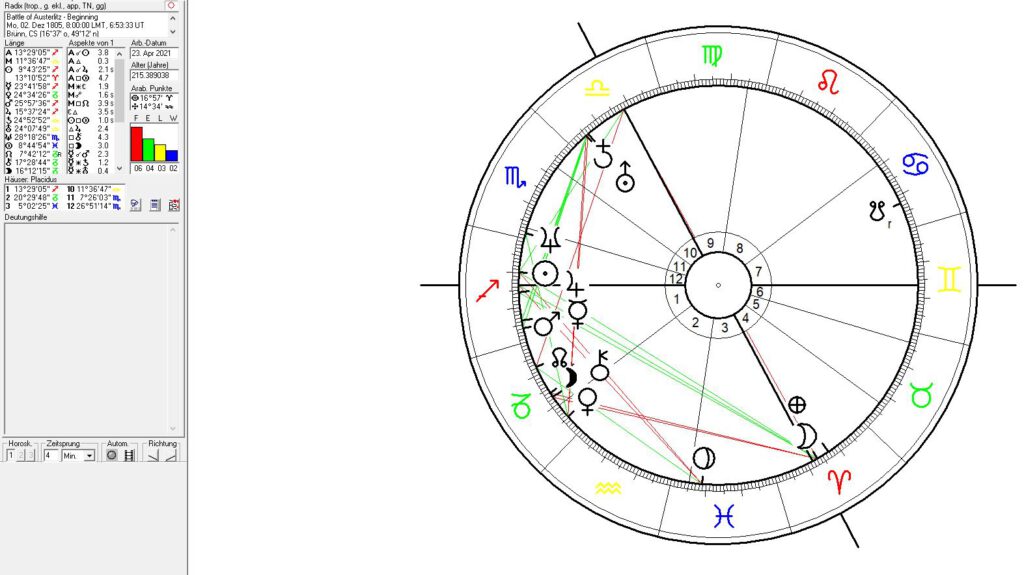
- The Battle of Austerlitz was fought under heaviest threat to the territorial integrity of France through the transit of Neptune at 28°Scorpio in exact square to the 27°Aquarius resonance coordinate of Paris. The defeat of the French fleet in the Battle of Trafalgar six weeks before (21 Oct 1805) and the long years of attacks from European neighbors attempting to conquer post revolutionary France explain that facet of the situation.
- The conjunction of Mars and Mercury between 23° and 26°Sagittarius conjunct the 28°Sagittarius resonance coordinate of Paris explain the intensity and speed of the French progress and attacks.
- The position of the Moon at 13°Aries was conjunct the 14°Aries resonance coordinate of the central degree of resonance of the Holy Roman Empire which received its final death blow through the victory of Napoleon at Waterloo 1005 years after the coronation of the German-French “godfather” Charlemagne as Emperor of Rome.
- The conjunction of Saturn with Uranus at 24°Libra exactly over the 24°Libra resonance coordinate of London explains that the french victory at Austerlitz meant both a momentum of strongest threat through French revolutionary achievements and their globalization (Uranus) and a stabilization of the status quo (Saturn) for the freshly United Kingdom (since 1800)
Astrogeographical positions of Austerlitz
Astrogeographical positions of Austerlitz for morphogenetic field level 1 which explains the global significance of the battle: Austerlitz has one coordinate at 22°Leo and the 2nd at 21°Sagittarius.

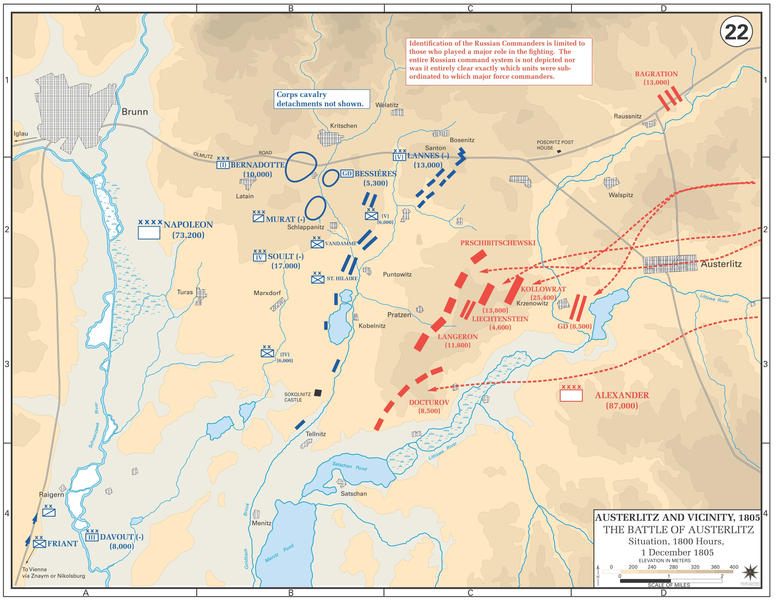
The area at the Pratzeberg where the battle took place has both coordinates in fire sign of Sagittarius (fl 2) the sign of hunting, aiming, shooting, horses, travelling in circles and of expansion and victory. This applies to morphogenetic field level 2 which describes the qualities of the area on a level fields of the size of app. 12 x 18 km.
The 3 Emperors individual astrogeographical aspects at Austerlitz
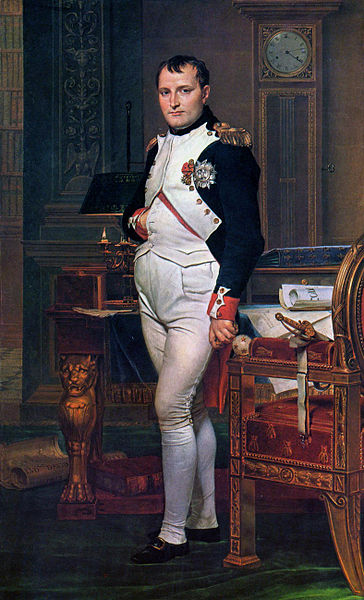
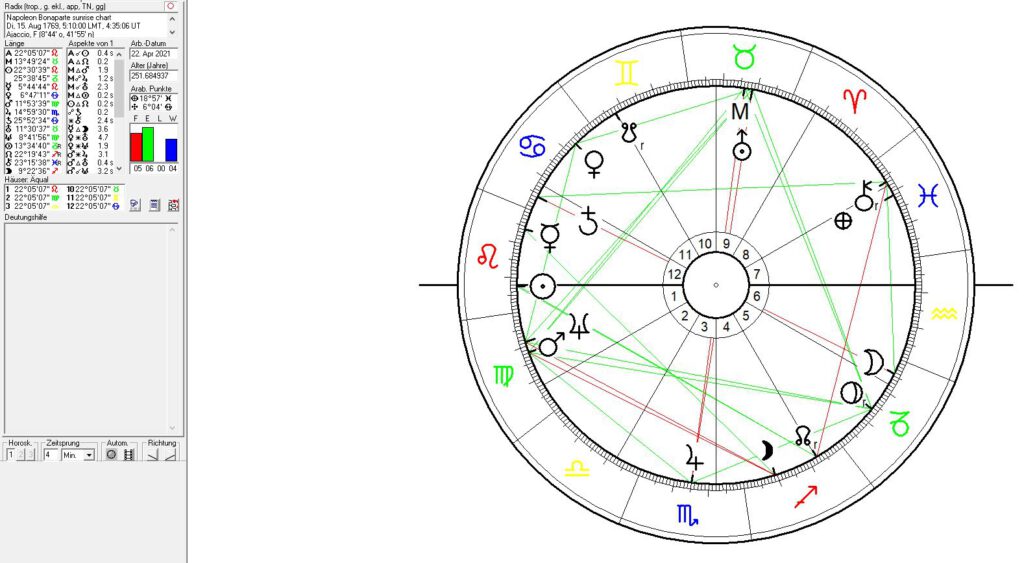
In Napoleon`s sunrise birth chart Sagittarius occupied the 4th and 5th houses, the houses of ones own emotional sphere and homeland (house 4) as well as ones own playground and kingdom (house 5).

In the birth chart of the second emperor on the battlefield the Russian Tsar Alexander I Sagittarius occupied the 10th house indicating public obligations and a situation of having to fulfill the requirements of the environment and challenges provided by superiors. As the 10th house stands for public territory the effort of attempting to control the situation and fulfilling ones duties may have required more attention than the chances to occupy and dominate territory.
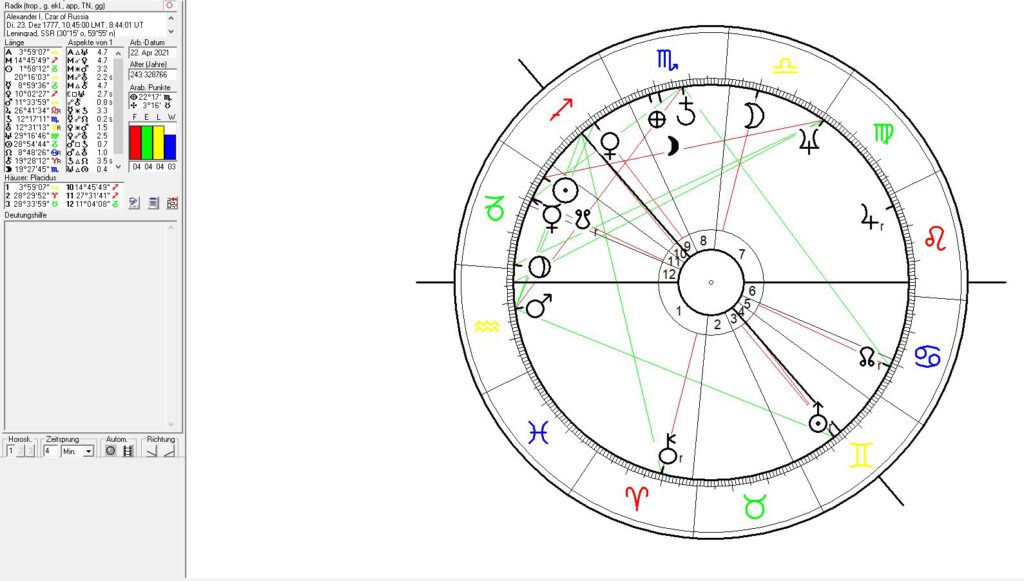
As the ruler of house 10 Jupiter on the degrees of royalty in house 7 stood for living up to ones prestige as an emperor rather than for being able to mobilize on ones own strengths and potentials.

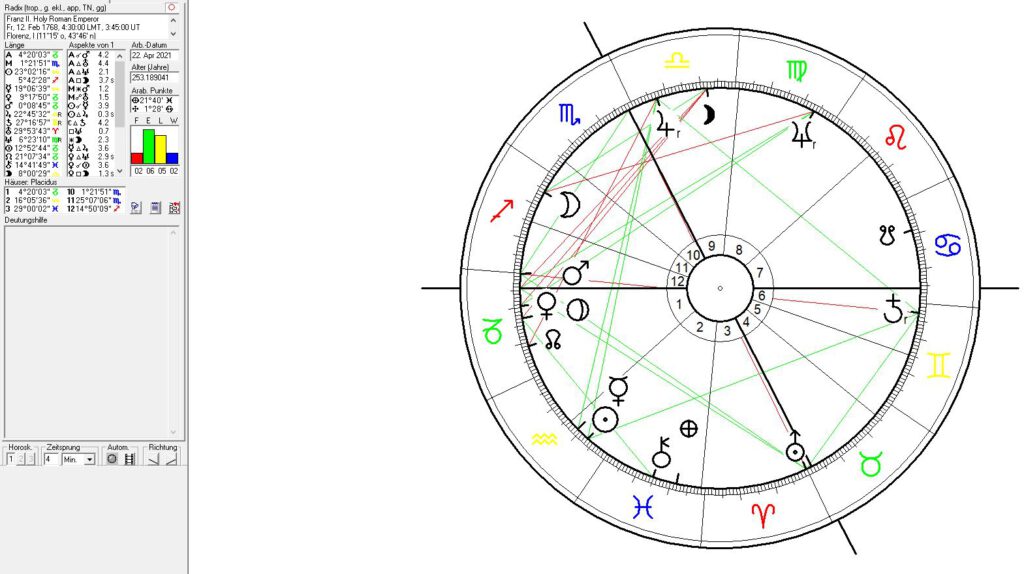
Th astrogeographical resonance coordinates of the battle ground of Austerlitz in Sagittarius stimulated houses 11 and 12 in Francis II. birth chart indicating a situation of retreat an finding it difficult ground oneself and ones personal rights, defense and appeal for power. As a consequence of his defeat at Austerlitz Francis II. had to step down as Holy Roman Emperor and even dissolve the Empire to prevent Napoleon from taking over the title for himself.
Napoleon, Wellington and Blücher at Waterloo
The last major battle in the life of Napoleon Bonaparte took place on 18 June 1815 in the small village of Waterloo located 18 km south of the town center of Brussels, Belgium.
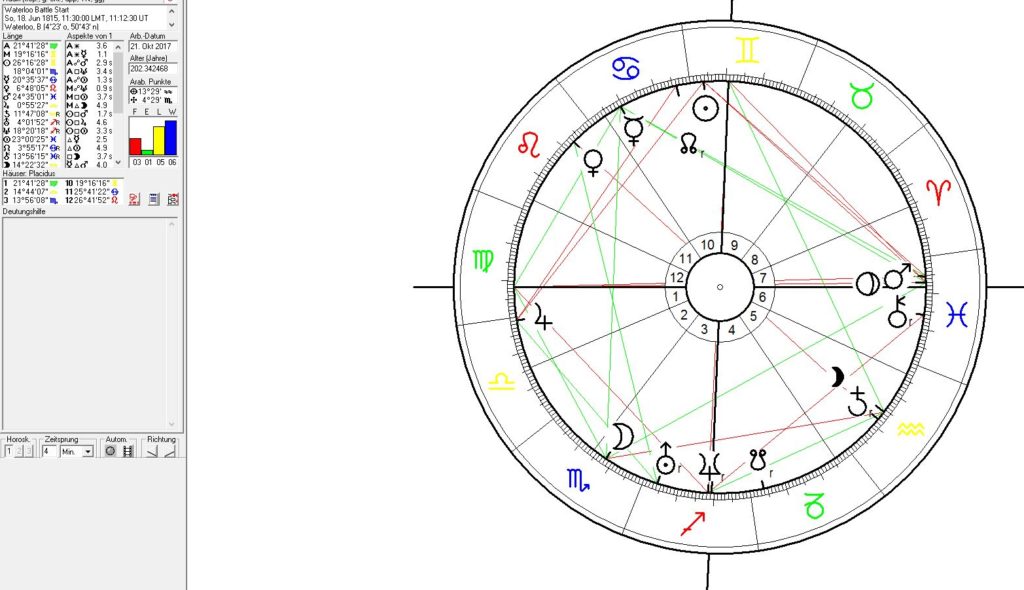
- The Battle of Waterloo was fought with a conjunction of Pluto and Mars between 23° and 24°Pisces conjunct the 22°Pisces resonance coordinate of Brussels where the battle was fought marking the French defeat as an important step in the development of independence of Belgium from France.
- Both Pluto and Mars were approaching the square position to the 28°Sagittarius resonance coordinate of the French capital Paris pointing out the heavy pressure on France that arose as an effect of Napoleons defeat in the Battle of Waterloo in the years to come.
- Jupiter the planet of victory at 1°Libra was conjunct the 29°Virgo resonance coordinate of the Prussian capital Berlin pointing at the importance of Waterloo for Prussia after a period of French threats and occupation through Napoleons superior armies.
Astrogeographical positions of Waterloo
Astrogeographical positions of Waterloo for morphogenetic field level 1 which explains the global significance of the battle:one resonance coordinate is located at 23° Pisces the 2nd is at 14°Scorpio.

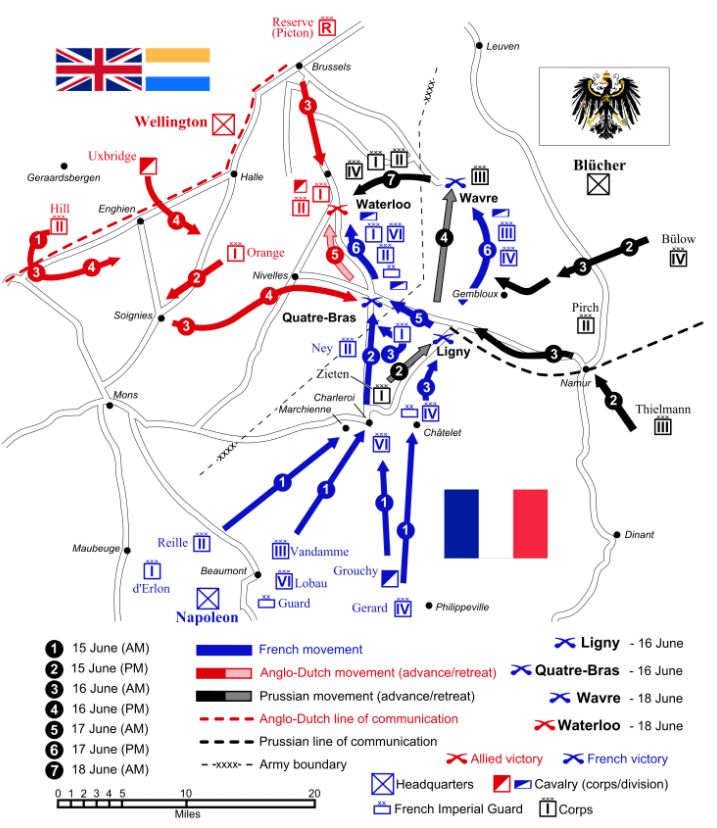
lic: Ipankonin, GNU/FDL
Astrogeographical position for morphogenetic field level 2 (city): The area of the battle ground around Waterloo is located in the sign combination of the two earth signs Virgo and Capricorn. This applies to morphogenetic field level 2 indicating the character and meaning of a town or community for the larger region in which it lies. It describes the qualities of the area on a level fields of the size of app. 12 x 18 km
The 3 commanders individual astrogeographical aspects at Waterloo

Capricorn stood for houses 5 and 6 in Napoleon`s sunrise birth chart pointing at a situation of self-confidence or at least the strife for it (house 5) and for having to carefully adjust to a situation that is only partly under ones own control (house 6)
Virgo stimulated houses 1 and 2 in Napoleons` birth chart representing a situation of personal dominance and ruling by ones own will power. The conjunction of Mars the planet of warfare with Neptune the planet of the higher self, intuition and a holistic approach which seems to have made Napoleon so intensely fast, flexible, intuitive and successful in his campaigns was therefore stimulated by the qualities of the battleground.
But unfortunately for Napoleon the position of the British troops under Lord Wellington in the north of the battlefield was situated around 10° in Virgo where in Napoleon`s birth chart Neptune and Mars were placed. This indicates that Wellington occupied the individual position of Mars in the commander of the French troops birth chart apparently weakening Napoleons standing on the battleground.


In the horoscope of General Wellington, the commander of the British troops Capricorn occupied and stimulated the 1st and Virgo the 8th House. This constellation like no other stands for a situation of increased alertness, readiness for defense and facing death (house 8) under intense pressure as in the case of a fortress, bunker or any other military defense position.
Particularly the 8th house could be an explanation of how the British troops fell under heavy fire and cavalry charges suffering heavy losses from the beginning of the battle. The fact that Wellington’s troops occupied the line where Neptune in Virgo was placed in his birth chart may explain that the British troops were fully committed to this line all day long being unable to leave it and could make no territorial gains waiting for the arrival of the allied Prussians on the battlefield in the afternoon.
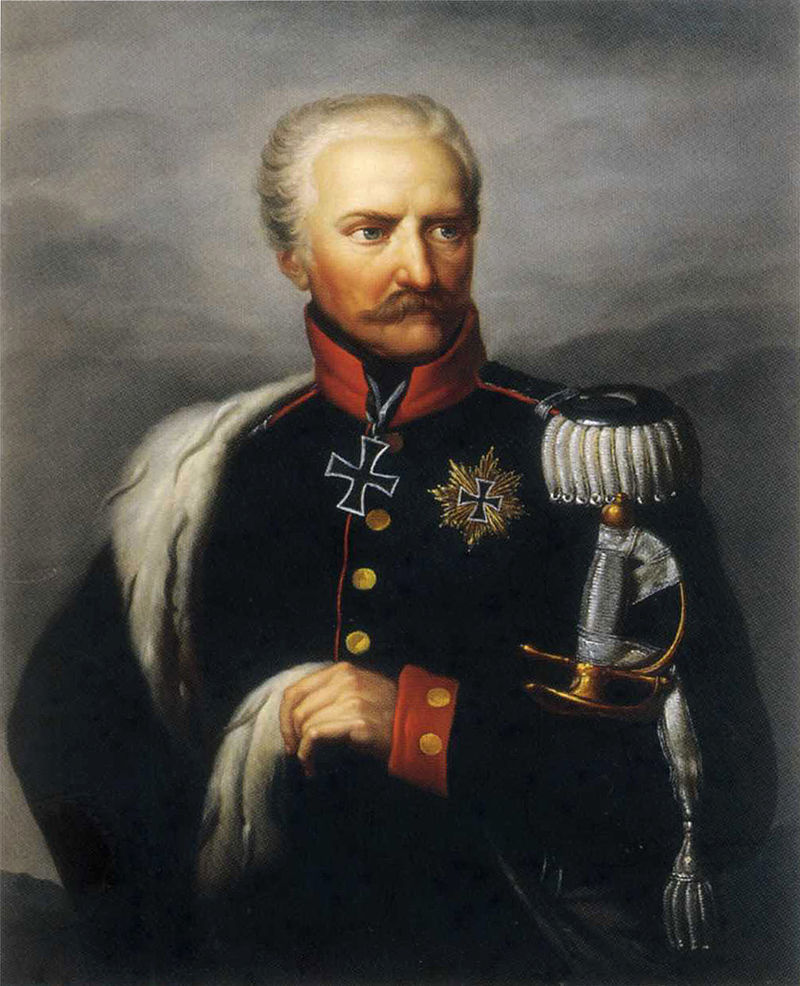
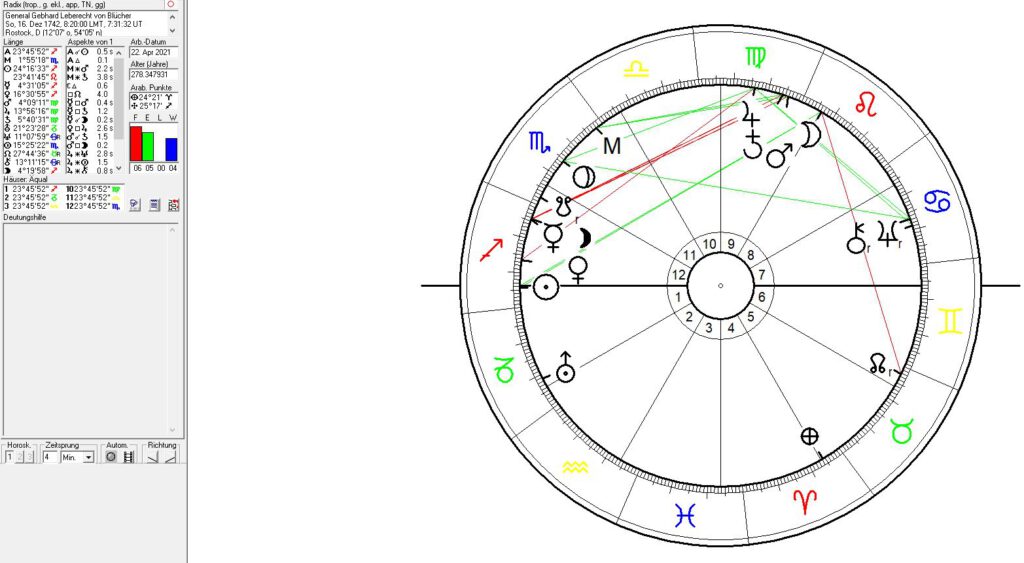
The Capricorn resonance coordinate of the battleground occupied parts of houses 1 and 2 in Blüchers sunrise birth chart stimulating self reliance and the assurance of territorial dominance and possession.
Furthermore Blücher had a conjunction of Mars with Saturn and also Jupiter in Virgo around the 10°Virgo resonance coordinate of the positions of Wellington. These planets occupied house 9 in Blüchers sun-position birth chart stimulating hunting, aiming, shooting and heading for a particular aim or target. This gives a strong image of the fact that it must have been Blüchers aim (house 9) to get nearer to Wellingtons position in order to relieve his ally from a day-long of heaviest attacks by the Napoleonic forces.